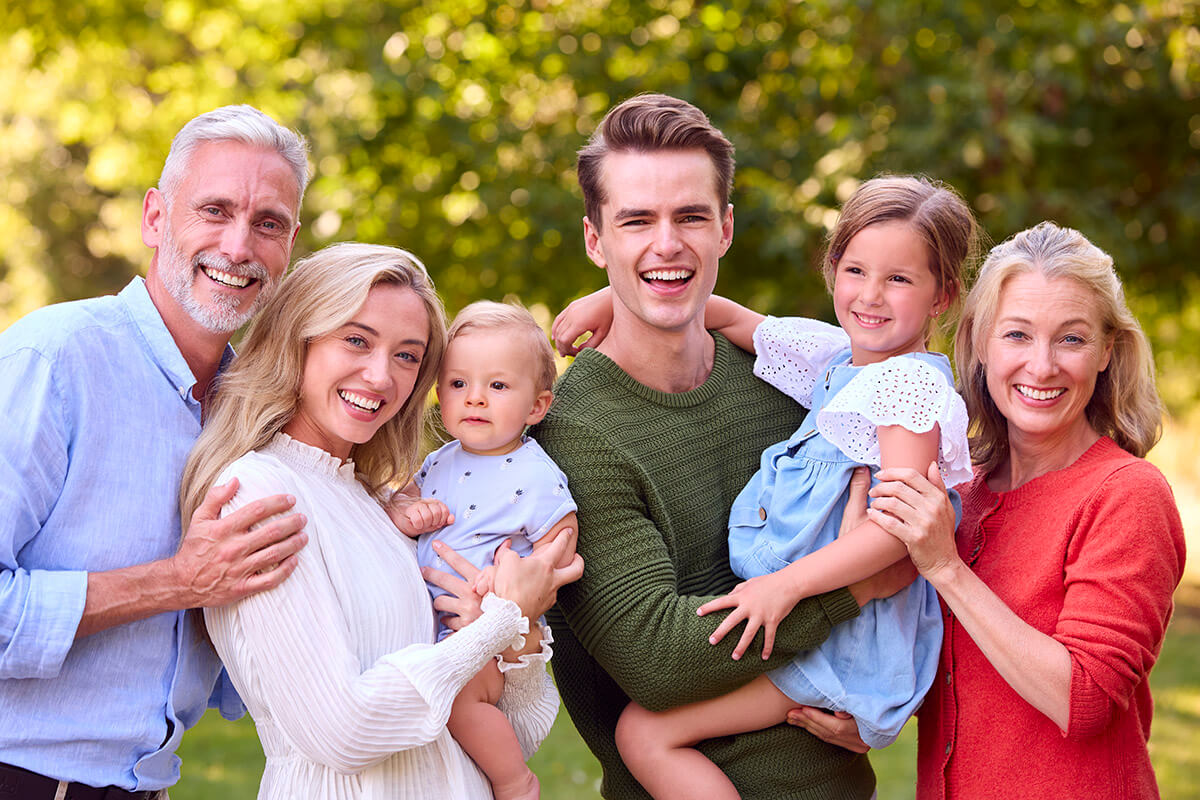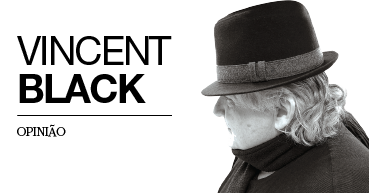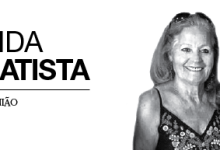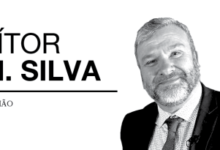The typical Family… Is it normal or politically incorrect?
In the past when I heard the word family l would picture an image of a husband, wife, and children. Today’s family structure may resemble something different. The concept of the typical family has evolved significantly over the past few decades, reflecting changes in societal norms, economic factors, and cultural shifts. Traditionally, the typical family was often portrayed as a nuclear unit consisting of a married heterosexual couple and their biological children. However, today’s typical family comes in various forms and structures, reflecting the diversity of contemporary society.
In the past, the nuclear family was the predominant model in many Western societies. The husband typically played the role of the breadwinner, while the wife’s primary responsibilities revolved around homemaking and child-rearing. This model was reinforced by societal expectations and gender roles, with little room for deviation from the norm. However, the latter of the 20th century witnesses significant changes in family dynamics, driven by factors such as increased female participation in the workforce, changing attitudes toward marriage and parenthood, and legal reforms recognizing diverse family structures.
Today, the typical family is characterized by its diversity and inclusivity. It encompasses a wide range of familial structures, including single-parent families, blending families, same-sex parent families, cohabiting couples, and multigenerational households. Additionally, the rise of assisted reproductive technologies and adoption has expanded the definition of family, allowing individuals and couples to create families in non-traditional ways.
The meaning of family has also evolved in tandem with changes in societal values and individual aspirations. While the traditional notion of the family emphasizes stability, conformity, and continuity, the contemporary understanding of family is more fluid and adaptable. Families today are often characterized by flexibility, resilience, and an emphasis on emotional bonds and mutual support rather than strictly defined roles and responsibilities. The changing nature of work and career patterns has also influenced the structure and dynamics of modern families. With more women entering the workforce and a growing emphasis on work-life balance, the division of labor within families has become more equitable. Shared parenting, co-parenting arrangements, and flexible work schedules have become increasingly common, reshaping the traditional roles of mothers and father within the family unit.
Advancements in technology have transformed the way families communicate, interact, and maintain relationships. Digital connectivity has enabled families to stay connected across geographical distances, fostering a sense of unity and togetherness despite physical separation. However, it has also brought new challenges, such as managing screen time, navigating online safety, and balancing virtual interactions with in-person connections.
Another important aspect of the evolving family is the changing nature of intergenerational relationships. With increased life expectancy and changing attitudes toward aging, many families now encompass multiple generations living under the same roof or maintaining close connections across different age groups. This has led to a greater emphasis on caregiving for elderly relatives, as well as the transmission of cultural traditions, values, and knowledge across generations.
One significant change in the modern family is the redefinition of gender roles and the breakdown of traditional stereotypes. In the past, ridged gender expectations often dictated the division of labor within families, with men typically assuming the role of the primary breadwinner and women being responsible for caregiving and domestic duties. However, today’s families are increasingly characterized by more flexible and egalitarian arrangements, with both parents sharing responsibilities both inside and outside the home. This shift reflects a broader societal movement toward gender equality and the recognition of the diverse skills and contributions that individuals can make within the family unit.
Culture and ethnic influences will play a big continuing role in shaping the way future families look like. As societies become increasingly diverse, families may reflect a wider range of cultural and ethnic backgrounds, contributing to a more pluralistic understanding of family dynamics and traditions. Even in my own family we have welcomed someone that is from a mixed race and everyone in my family have never once questioned the diversity. In fact, it has been a very interesting change in traditions, and we have embraced it without any questions or concerns.
Today’s family. Where is the normalcy?
Vince Nigro/MS






Redes Sociais - Comentários